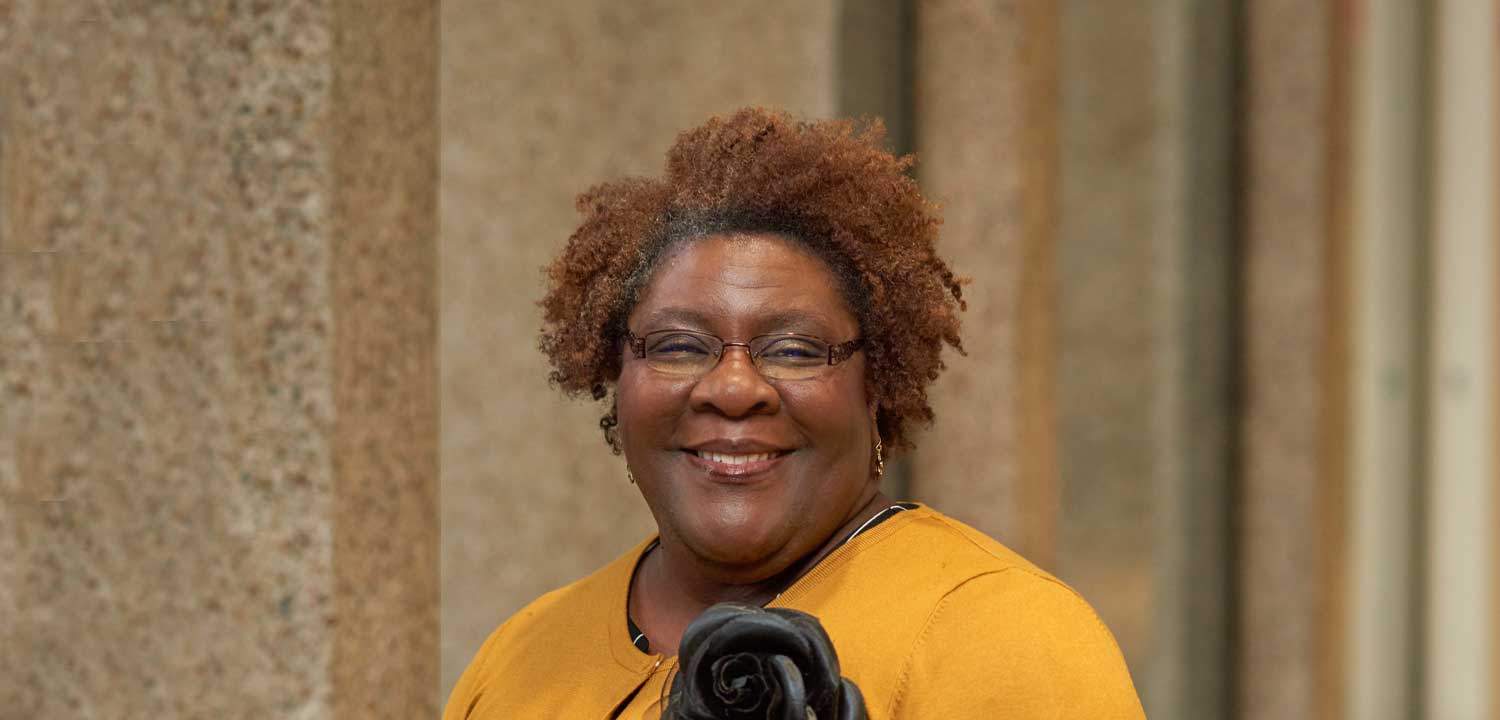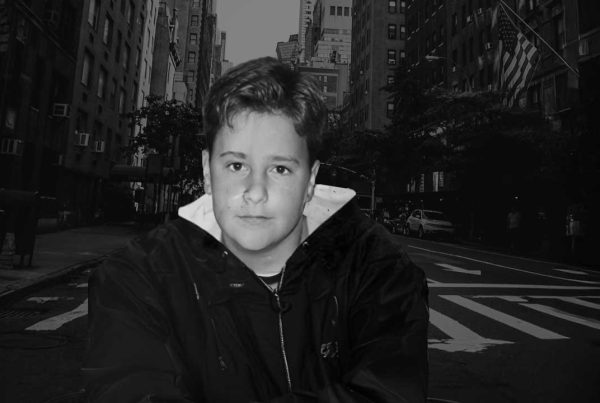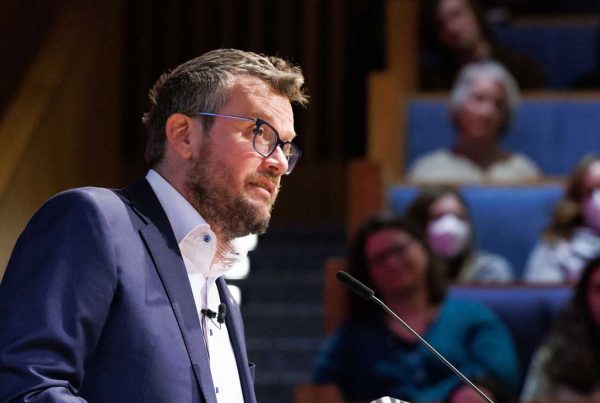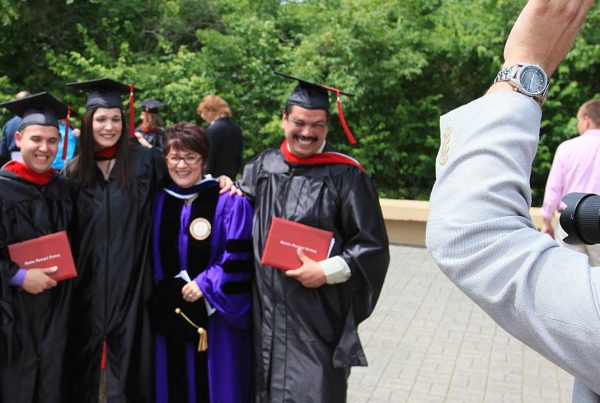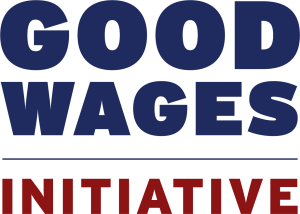Key Takeaways from Webinar on Youth Mental Health and Housing Instability
The single biggest challenge facing today’s youth isn’t a single challenge at all. It’s a wearying combination of several challenges, from isolation to academic hurdles and from mental health struggles to housing insecurity. As such, area youth-serving professionals say, it takes multifaceted services and resources working in collaboration – and with great empathy – to support local youth.
In a conversation moderated by Dr. Nicole Robertson, Assistant Professor of Clinical Mental Health Counseling and Director of the Clinical Mental Health Counseling Program at CTS, representatives of Brightlane Learning, IYG and Reach for Youth came together on an Oct. 29 webinar to offer their insights into the challenges youth face as well as some best practices for meeting their needs.
The challenges are daunting. Dr. Robertson reported that 30% of Indiana’s youth have mental, emotional, developmental or behavioral concerns (5% higher than national rate). And while many people think school counselors are the ones who should be addressing such challenges, the reality is that the counselors are outnumbered: In Indiana, the ratio of students to counselors is 694 to 1, well above the recommended level of 250 to 1.
Kelly Coker, who serves as Chief Operating and Program Officer at Brightlane Learning, which traditionally has focused on school success for housing-unstable youth, said her team sees such mental health challenges affecting the academic performance of youth every day. And, unfortunately, that poor academic performance in turn exacerbates poor mental health. As such, Brightlane has discovered it can’t simply teach and tutor students, but it must create a fully supportive environment that helps young people deal with issues like stress, anxiety and depression. Trauma is a daily reality for many students, Coker said, affecting every aspect of their lives.
Accepting the reality of the trauma young people face, IYG seeks to work through trauma to ask essential questions. Director of Mental Health Therapy Joseph Myers said this also requires the organization to question its approaches and operations, ensuring that they adapt and evolve along with the challenges young people face. One goal, he said, is to provide a safe space for young people while at the same time recognizing that the definition of a safe space can change continually. What made someone feel safe weeks or even days ago might not work today.
At Reach for Youth, which provides a wide range of services to youth ages 7 to 17 and their families, Supervisor of Mental Health and Clinical Services Ashlyn Douthitt said having adults who listen and truly hear their needs is essential for young people. Unfortunately, many of the young people they work with feel like they don’t have such adults in their lives. This makes them feel alone in their challenges and judged for their activities and lives. To counteract this, Douthitt said, youth need adults who are willing to view situations through their lens, listen to their stories and seek to understand the barriers they face.
Asked to suggest how organizations can best serve young people who are facing these complex challenges, Douthitt offered a simple place to start: “Listen,” she said, without immediately trying to provide solutions. “Bear witness to [the youth’s] experience,” she said.
Doing this leads to a key point mentioned by all three panelists: People working with young people must know their limits and not try to address issues they aren’t equipped to address. They shouldn’t be shy about pulling in other professionals or referring young people to other resources. That being said, they should strive for what Coker referred to as “a warm hand-off,” which means first making a personal connection, so a young person is not essentially “cold calling” someone for help. In order to be able to do this well and consistently, those seeking to help young people must develop connections and relationships with others in the community who can help.
Finally, the panelists counseled that anyone seeking to help youth must care for themselves first. “Self-check-ins and self-care is important if you’re working with youth,” Myers said. “This is really tough work. This is really heavy work.”
Learn more at the Faith & Action Fall Event
Conversations about these and similar topics will continue on Nov. 12 at 7 p.m. as Rev. Dr. Frederick D. Haynes III returns to keynote the Faith & Action Fall Event. To view an invitation to the Fall Event from Rev. Dr. Haynes, click here, and register here for the opportunity to attend the Fall Event. (Click here to listen to Rev. Dr. Haynes’ keynote address from the 2021 CTS Faith & Action Fall Event.)

